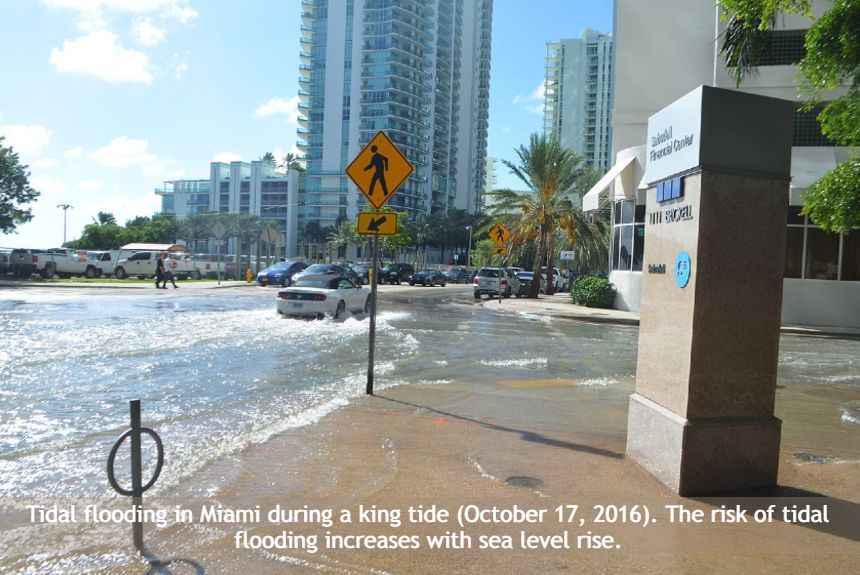An article published in Forbes claims there is something good about sea-level rise. First, the article discusses the certainty of climate change and how its impact will unfold on the East and West Coasts of America.
On the West Coast, seawater is pushed inland due to sea-level rise, killing plants and destroying native trees and forests. According to the article, the Union of Concerned Scientists predicts 380 flooding events by 2045 in Washington, D.C. alone.
On the East Coast, sea-level rise and intense storm surges and precipitations due to the heat trapped in the oceans will cause frequent flooding. The article says that inundation will occur daily and destroy billions of dollars worth of properties and infrastructure, which will have a ripple effect on the financial system.
The good news is that people and investors are prepared to adapt. The article says they can adapt to climate change through technology and innovation.
Investors are now preparing for a future in which sea-level rise and climate change will regularly cause inundation and flooding.
Using computer modelling applications
One such company is First Street Foundation, a non-profit research and technology group that uses computer modelling to inform homebuyers about the financial risks of purchasing a property in a flood-prone area. Not only do they calculate the inundation that sea-level rise causes, but also storm surge, rain, and river flooding.
Lifting structures, houses, and buildings
Another innovative company, Kradle, plans to lift structures, houses, and buildings in flood-prone areas in case of a deluge.
The lifting technology was first used in the 18th century, using wood and hydraulic lifts. According to the article, the technology has been dramatically improved since then.
Also, the new lifting technology requires only two people to assemble and operate the equipment, and it can lift the structure to a ‘clear height’ of 20 feet.
Lifting can be temporary or permanent. ‘Rather than having an in-home elevator, clients will have a whole-home elevator’, the article says.
The company has signed a New Zealand-based operating partner and is growing fast worldwide, as its order book is filling up quickly, the article adds.
Lifting structures can be an effective adaptation measure when inundation is infrequent and temporary, but with the frequency of flooding predicted to increase, will this be practical? Will it be a long-term solution?
How about in coastal areas where erosion is happening due to sea-level rise?
Would your government and communities invest in this type of climate adaptation solution?
Are there other better climate adaptation solutions available?
Please share your thoughts in the comment form at the bottom of this post.
To read the entire article, click on the link below:
Source:
Solmon, E.K. (2019, October 25). Have You Heard The Good News About Sea-Level Rise? [article]. Forbes. Retrieved from https://www.forbes.com/sites/erikkobayashisolomon/2019/10/25/have-you-heard-the-good-news-about-sea-level-rise/#14c1faf82b3a
PHOTO CREDIT: By B137 – Own work, CC BY-SA 4.0, Link



Leave a Reply